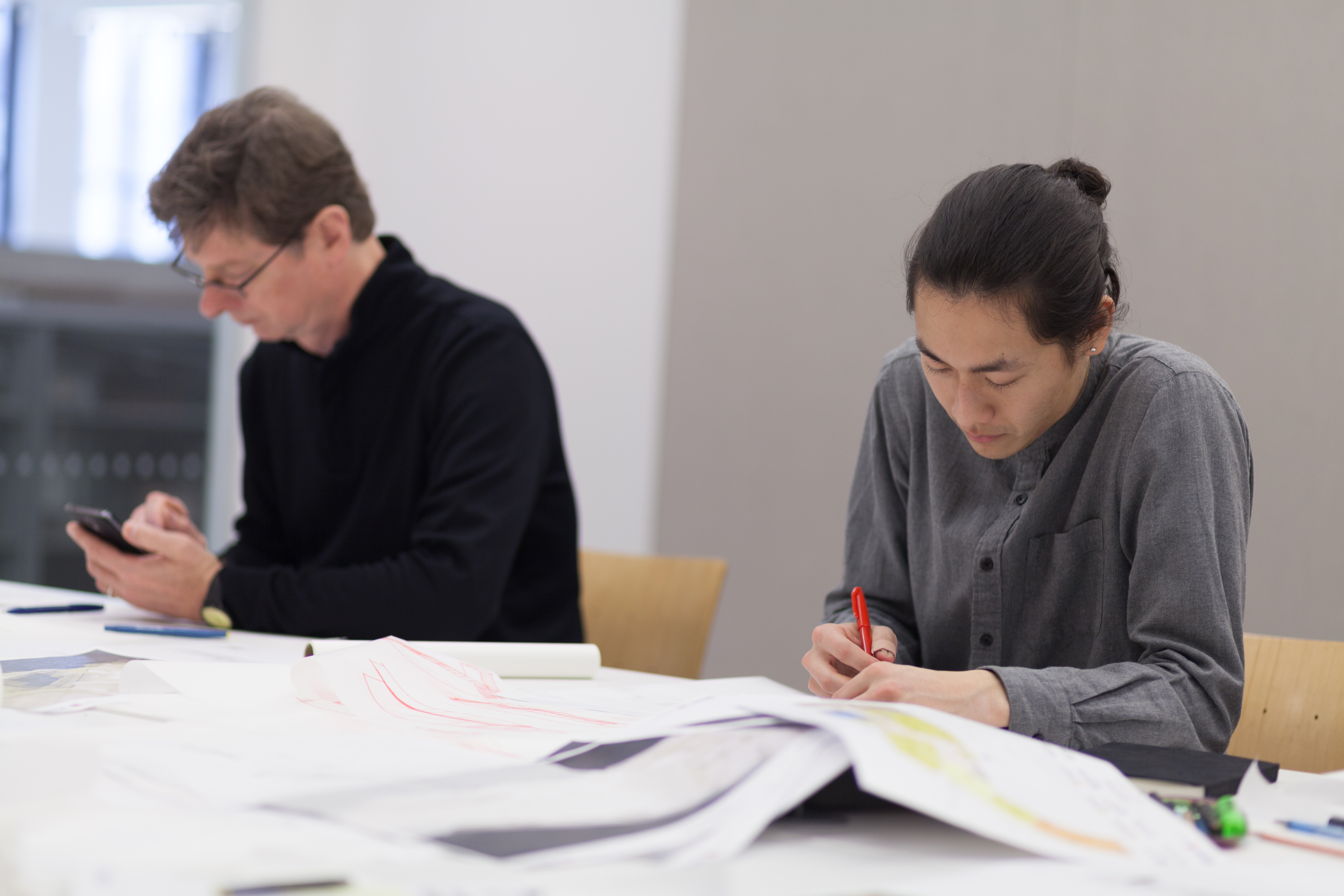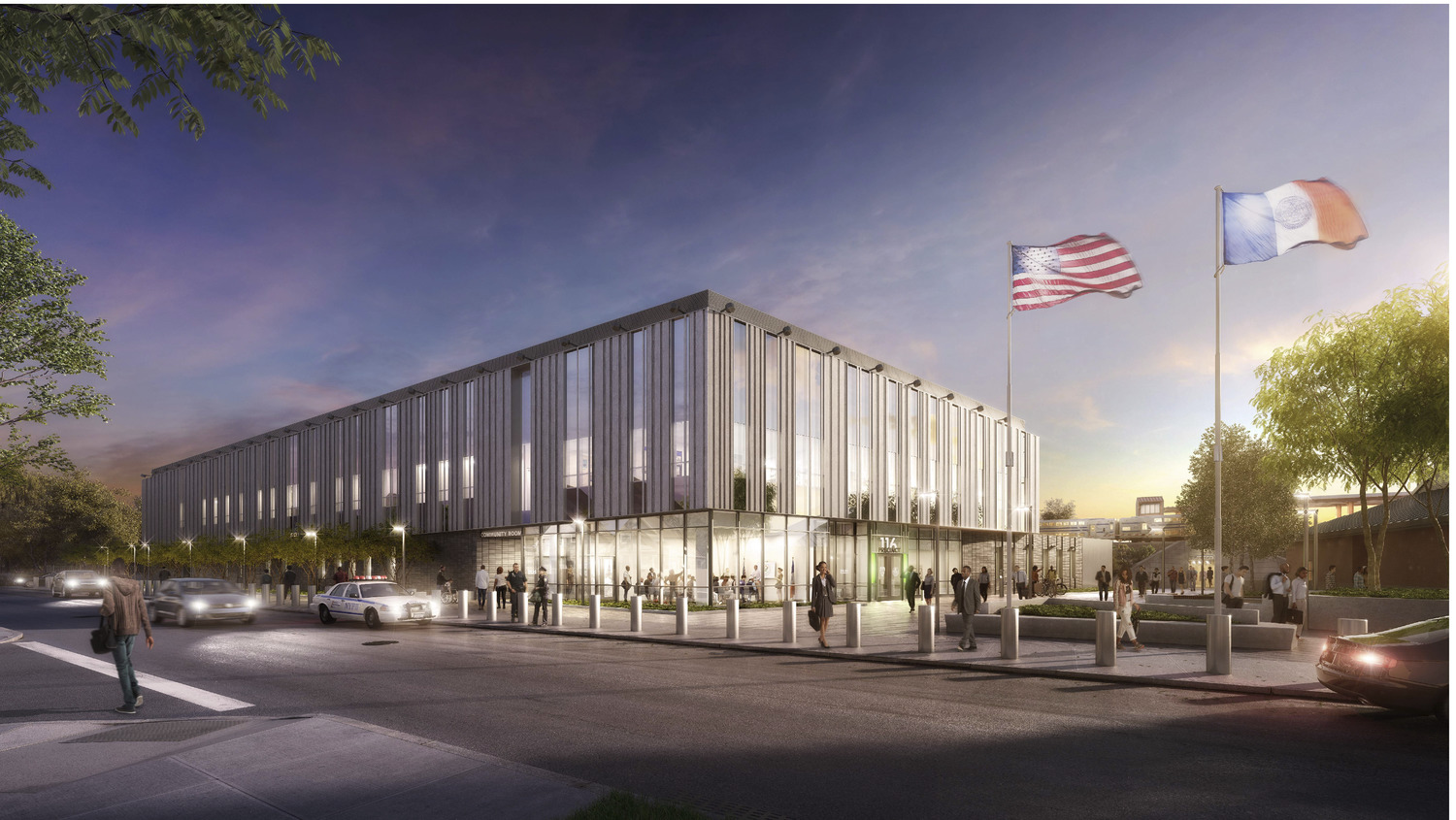From prioritizing sustainable, community-focused design to mentoring licensure candidates, Brandon Wang, RA, is determined to use his skills for the good of his community. We caught up with Brandon about his most complex projects at Dattner Architects, how he got licensed at age 25, and advice for those interested in the field of architecture.
What inspired you to fast-track your path to licensure?
When I graduated from college and entered the professional world, I was trying to gather my bearings. At the time, I was still swimming in big ideas from school but also wanted to find some grounding as I started my career.
I learned very quickly that the licensure process of gaining experience and taking exams is hard work and requires discipline. But I wanted to work through it and achieve a tangible goal, one I could take with me wherever I go. Because my energy level was (and still is!) high, I decided to put it to good use. I’m grateful to those people—friends, family, colleagues—who both supported and encouraged my desire to become licensed at a young age, which certainly helped boost my drive.
Tell us about your experience as an Architectural Experience Program® (AXP®) coordinator at your firm.
Being the “AXP coordinator” for the past two years has been a rewarding experience. I was at the tail end of my own AXP path when I took this on, so I was already intricately aware of the experience process, how it changes over time, and how time-consuming it is. Initially, I felt a little odd, like I wasn’t sure if I was fully qualified to be in this position. But what helped me ease into it was knowing that I could help people on their own path. I decided to approach my role in two specific ways: full of rich information and empathetic understanding. It can take many years to complete the AXP, but with the right tools and supportive environment, people can succeed on their own time and move on to their next professional ambitions.
What role does peer-to-peer mentorship play in your professional and personal life?
To me, mentorship helps put things into perspective. Whether peer-to-peer, supervisor-to-candidate, or anything in between, mentorship gives me the space to visualize from another view and ask questions I might not otherwise consider. In my former role as an ACE Mentor in Greater New York and current role as an Architecture League Mentor, I worked with young aspiring architects and have been inspired by their energy. Being able to give back some guidance I picked up along the way is humbling. And this is not only because I am paying it forward to future generations, but also because I can self-reflect in a new light. Also, my own mentors provide ample guidance from their own lived experiences. All of these different spaces and relationships help color what I have done so far and clarify what I want to do next.

You work at Dattner Architects in New York City, which specializes in civic architecture that improves the urban experience. How did you become interested in this area of practice?
I grew up in Vancouver, Canada, a city where good planning meets healthy lifestyles. This helped shape my own personal and professional advocacy for design that focuses on city and community improvement. I joined Dattner Architects because I was impressed with its long history of designing successful civic architecture in New York City. When the urban environment—buildings, public spaces, streets—is both dynamic and sustainable, everyone’s quality of life improves. Since my worldview is greatly influenced by my surroundings, I also want to help influence my surroundings for the better.
What is one project you have been really proud to work on and why?
While I cannot reduce my experience working on the 116th Precinct Station House to simply being proud, I can attest to its especially challenging nature. Currently under construction, this project is a new building for the New York City Police Department in Queens that the local community has asked for, for decades. But in the wake of reinvigorated calls for social and racial justice, the project has shone in a different, more complicated light. The renewed social and racial justice movement has forced us to think critically about policing, including their buildings and their relation to the public. I am privileged to be part of this developing narrative.
The police station as a building typology can be complex territory because of the different power dynamics at play, and I fully respect this complexity. I am still processing the many facets that this project contains as it undergoes construction and the potential impacts it can have once completed. It has forced me to more deeply consider how the city’s physical structures influence the political sphere and vice versa.

What advice do you have for anyone who’s interested in the field of architecture?
Observe your surroundings, but also take the long view. By seeing where you are and understanding how you succeed—or, more importantly, how you fail—you are in a better position to take action in your life. I like to compare it to the act of running: focus on the road in front of you, but remember the distance you have come and still have yet to go. One of my mentors says to zoom out before you zoom in. I’d like to take that one step further by saying zoom out while you zoom in. While no one detail or component will determine the outcome, how the assemblage fits together as a whole will.
And lastly, be curious! Draw, photograph, write, read, explore—a richer life makes a richer architect.
Know an architect you think should be featured on the NCARB Blog? Send an email to communications@ncarb.org.

